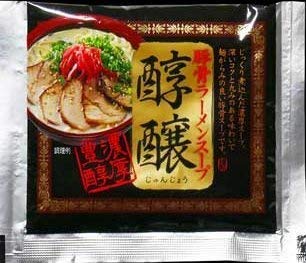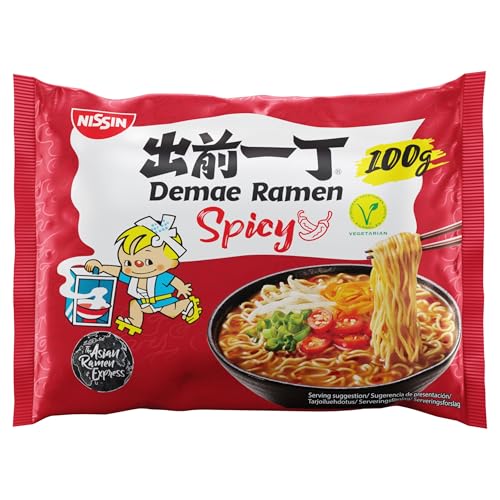Understanding Ramen: The Basics We Need to Know
What is Ramen?
Ramen is a popular Japanese noodle soup that has taken the culinary world by storm. It typically consists of Chinese-style wheat noodles served in a meat- or fish-based broth, flavoured with soy sauce or miso, and accompanied by various toppings such as sliced pork, nori (seaweed), menma (bamboo shoots), and green onions. The beauty of ramen lies in its adaptability, with each region in Japan boasting its own unique take on the dish. Understanding the core components of ramen will enhance our appreciation and enjoyment when we dive into making or sampling it.
The Evolution of Ramen
Originally brought to Japan by Chinese immigrants in the late 19th century, ramen has evolved significantly over the years. The dish has branched into countless styles, influenced by regional tastes and traditional Japanese methods. For example, the tonkotsu ramen from Fukuoka has a rich pork bone broth, while the shoyu ramen from Tokyo uses a soy sauce base. Familiarising ourselves with these variations will help us recognise and explore the different flavour profiles available to us.
Types of Ramen: Finding Our Perfect Match
Key Varieties of Ramen
When exploring ramen, we encounter several key varieties that cater to different tastes. Shio ramen is a salt-based broth that is lighter and often highlights the flavour of the ingredients. Miso ramen features a hearty miso base, adding depth and richness. Shoyu ramen, characterised by its soy sauce seasoning, offers a balanced umami flavour. Finally, tonkotsu ramen stands out with its creamy, opaque pork bone broth. Each type provides a unique experience, so trying a range of them is highly recommended to discover which one resonates with our palate.
Ingredients Matter: What to Look For
Essential Ingredients
Quality ingredients make all the difference in crafting delicious ramen. The noodles should be fresh, preferably made with wheat flour, and possess a firm texture they maintain even when soaked in broth. The broth is the heart of the dish; opting for broth that is simmered for several hours will yield a deep and rich flavour profile full of layers. Additionally, the toppings should be fresh and well-prepared, whether it’s marinated soft-boiled eggs, tender pork slices, or crisp vegetables. Prioritising high-quality ingredients will significantly enhance our ramen experience.
Cooking Techniques: How to Make Perfect Ramen at Home
Mastering Ramen Preparation
Making perfect ramen at home is a rewarding experience that can be broken down into manageable steps. Start with the broth, allowing it to simmer slowly to extract maximum flavour from the bones and aromatics like onions and garlic. While the broth is cooking, ready the noodles, ensuring they are cooked al dente to maintain their texture when served. To assemble, we should first pour the hot broth over the noodles, then artfully arrange our toppings to create a visually appealing bowl. Finally, a sprinkle of spring onions or nori can bring everything together. This methodical approach ensures our homemade ramen will be a luscious delight.
Serving Suggestions: Elevate Our Ramen Experience
Enhancing Flavours and Textures
Serving ramen is not just about presentation, but enhancing the overall flavour and experience. Consider garnishing our bowl with sesame seeds, which adds a nutty crunch, or a drizzle of chilli oil for spice. Accompanying the ramen with pickles or a side salad can provide a refreshing contrast in textures. Additionally, serving some traditional sides, like gyoza or edamame, can round out our meal nicely. These thoughtful touches not only elevate our ramen experience but also offer opportunities to explore new flavours and enjoy the meal in a more rounded way.

































